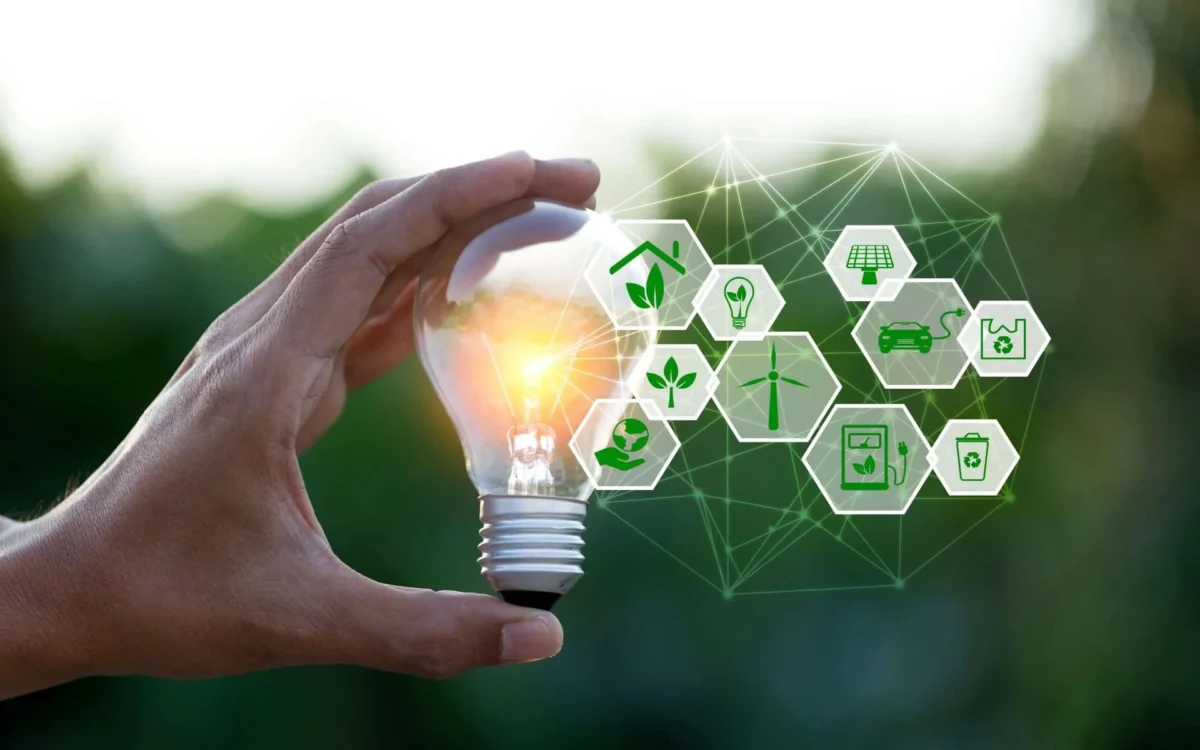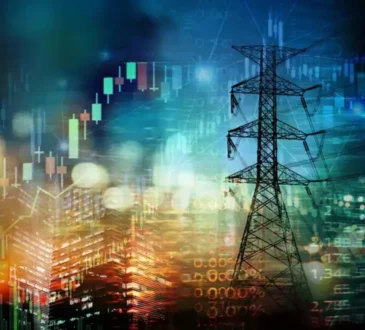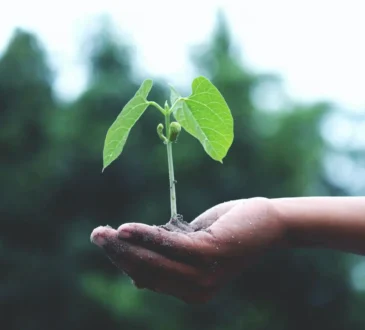How developing nations can help developed economies with clean energy provision
Florian Kemmerich, managing partner, Bamboo Capital Partners explains why finance is crucial for the develop worlds to adopt renewable energy.
As the world looks to its leaders gathering in Sharm El-Sheikh, Egypt, for COP27, there is speculation about what actions will be decided upon and prioritised. The climate crisis is real, and it is not going away. Co-ordinated global action is urgently required if we are to avoid catastrophic climate change. Global energy price rises, inflation, and the invasion of Ukraine, have further heightened governmental and boardroom focus on secure and affordable energy supply on top of the race to net zero – the energy trilemma – since COP26 in Glasgow in November 2021.
One of the criticisms of COP26 was the lack of voices from the developing world, i.e., the least developed countries (LDCs) and small island developing states (SIDs), which also happen to be home to communities that are most vulnerable to climate change. As COP27 is in Egypt we hope we will see more voices from the emerging markets.
According to our experience vulnerable countries, especially LDCs and SIDs could leapfrog the developed nations in the transition to net zero and provide people with affordable green energy. A crucial element in the transition to net zero is of course to move away from fossil fuels to renewables. Currently access to reliable and affordable energy is patchy across the globe – with LDCs and SIDs not having grid infrastructures in place. However, the emerging and frontier markets are – generally – better placed than the developed markets to adopt and roll out renewable technology due to their climate and space for on-shore solar energy.
The Covid-19 pandemic had a significant impact on developing economies, sending most countries in Sub-Saharan Africa into a recession in 2020. As a result, access to financing became more difficult for off-grid energy projects, which in turn saw the number of people without access to electricity rise with sub-Saharan Africa acutely affected – further widening the gap.
But there is hope and we are witnessing positive trends. Outside urban centres, off-grid and decentralised energy solutions are more cost-competitive than national grid extensions, meaning off-grid renewables offer a useful and viable path that leapfrogs the grid extensions and adaptations route taken by the developed countries. A major advantage of these distributed energy solutions is that the customer does not have to pay for the generated energy itself but simply the access to the energy being created on its roof.
To truly capitalise on this opportunity however, the financing gap needs to be bridged. Philanthropic giving will not help here. We need catalytic and blended finance models. For more than a decade, Palladium’s asset management arm, Bamboo Capital Partners, has seen first-hand the positive impact of these innovative financing vehicles, having launched, and managed off-grid energy sector development funds in Sub-Saharan Africa as well been appointed more recently with mandates in Haiti, Madagascar and Burundi in collaboration with local governments and the World Bank.
Dedicated impact funds such as OASIS, BEAM, OGEF, as well as OMDF, were designed specifically to increase access to affordable, reliable, and renewable energy. These vehicles invest in off-grid solar distributors, mini-grids, as well as in companies offering autonomous generation – mostly solar PV plus storage – to SMEs and households in Sun-Saharan Africa, Madagascar, and Haiti.
One such investee is Bboxx. Bboxx manufactures, distributes and finances decentralised solar powered systems in developing countries via its innovative digital management platform. A great example of leapfrogging the traditional and carbon intensive energy systems developed economies are trying to wean themselves from, the company is helping to provide access to clean energy to more than one million people in over 35 markets – which directly contributes to 11 of the 17 United Nations Sustainable Development Goals.
As of 2021, vehicles like OASIS, BEAM, OGEF and OMDF have provided 88 million people and 108,000 businesses with access to solar energy while avoiding 14.6 million tonnes of CO2 emissions.
This is a good start but there is much more to do. Only through public-private partnerships can we affect real and sustainable change while making impact investing more attractive for investors looking for more healthy returns.
At this year’s COP, in Sharm El-Sheikh, we hope to see more collaboration between companies, investors, multilateral banks, development finance institutions, governments, sector associations and other stakeholders to scale this progress and level the playing field.





